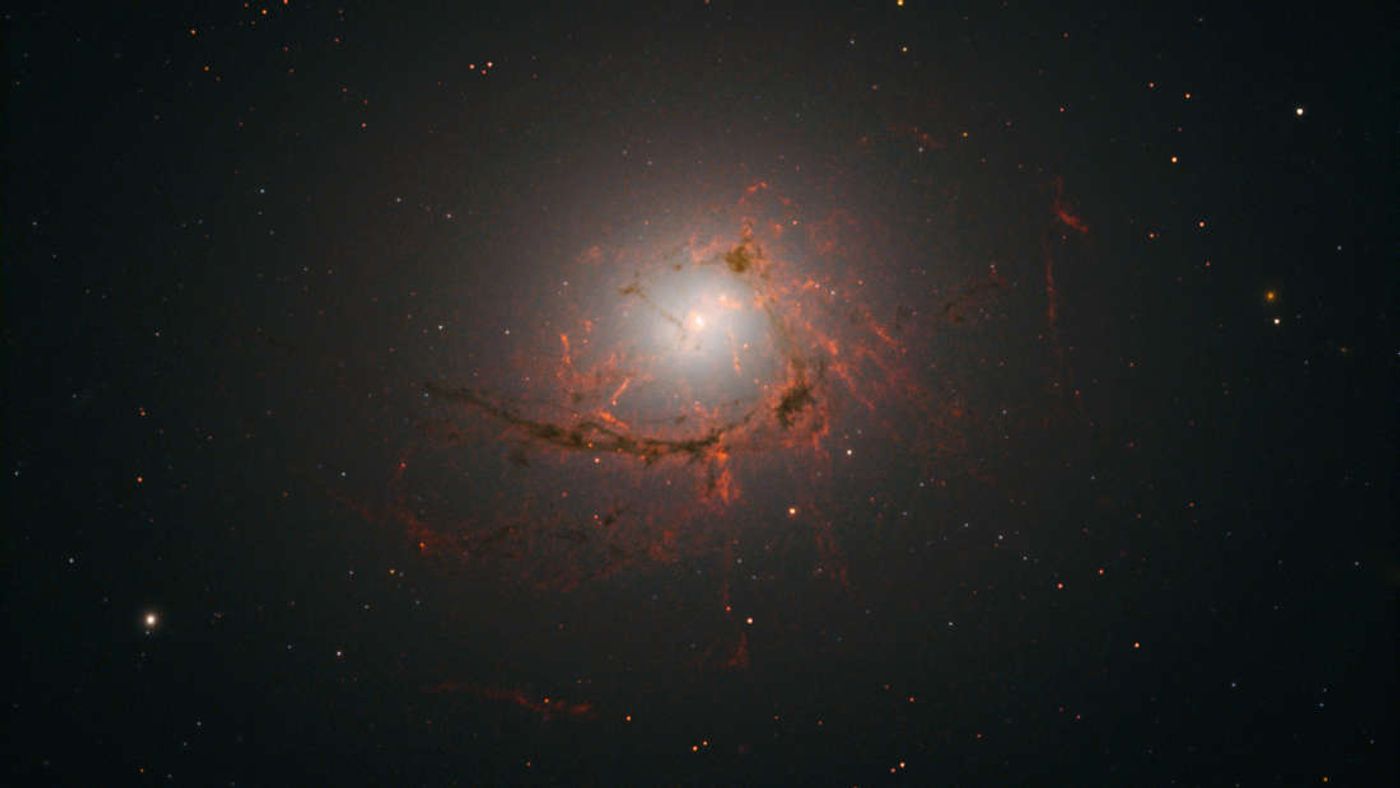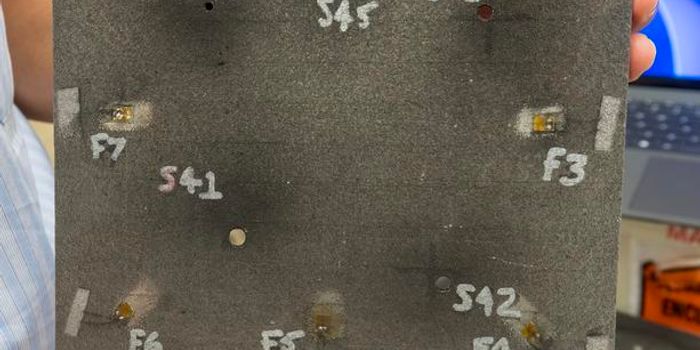Astronomers Want to Learn More About Filamentary Galaxies Like This One
Using NASA’s Hubble Space Telescope, researchers have spotted a beautifully tangled mess about 150 million light years away from Earth and inside the constellation of Centaurus that is actually a cluster of galaxies.
Image Credit: NASA/ESA/Hubble/A. Fabian
Their findings, noted by a group of international researchers led by astronomers from the University of Cambridge, appear in the Monthly Notices of the Royal Astronomical Society.
Unlike most galaxies, NGC 4696 is a type of filamentary galaxy inside of this cluster, and each of its filament arms intertwine with those of surrounding galaxies, and it creates an amazing view through the lens of a telescope.
NGC 4696 is also large and bright compared to its companions in the cluster, and astronomers estimate that its filamentary arms, which are tangling up with those of its companions, are around 200 light years wide, are about 10 times the mass of any of the surrounding gas, and have about 1.6 million times the mass of our Sun.
A very active supermassive black hole at the center of the galaxy reportedly influences the shape and size of the galaxy and the surrounding companions. Because it’s always pulling in new material, it’s also always burping streams of superheated material outwards, which builds the filamentary structures of NCG 4696.
The researchers describe the motion of the matter being expelled outwards as “bubbling,” which suggests that it’s not a smooth process. In fact, once the material finds its way out into the filamentary arms, things start to get a little weird.
After a while, gravity from the active supermassive black hole starts to pull the material back, as material loops and curls inwards towards the source of gravity itself. Once they reach the black hole, they are reabsorbed.
Interestingly, despite all the dense material that makes up these crimson-colored filamentary arms, there is no star formation, which in itself has astronomers scratching their heads.
Further observations of what’s going on here may shed some light as to why and how these kinds of galaxies form. After all, they’re not as common as your typical spiral or other kind of standard galaxy.
Source: Hubble Space Telescope









